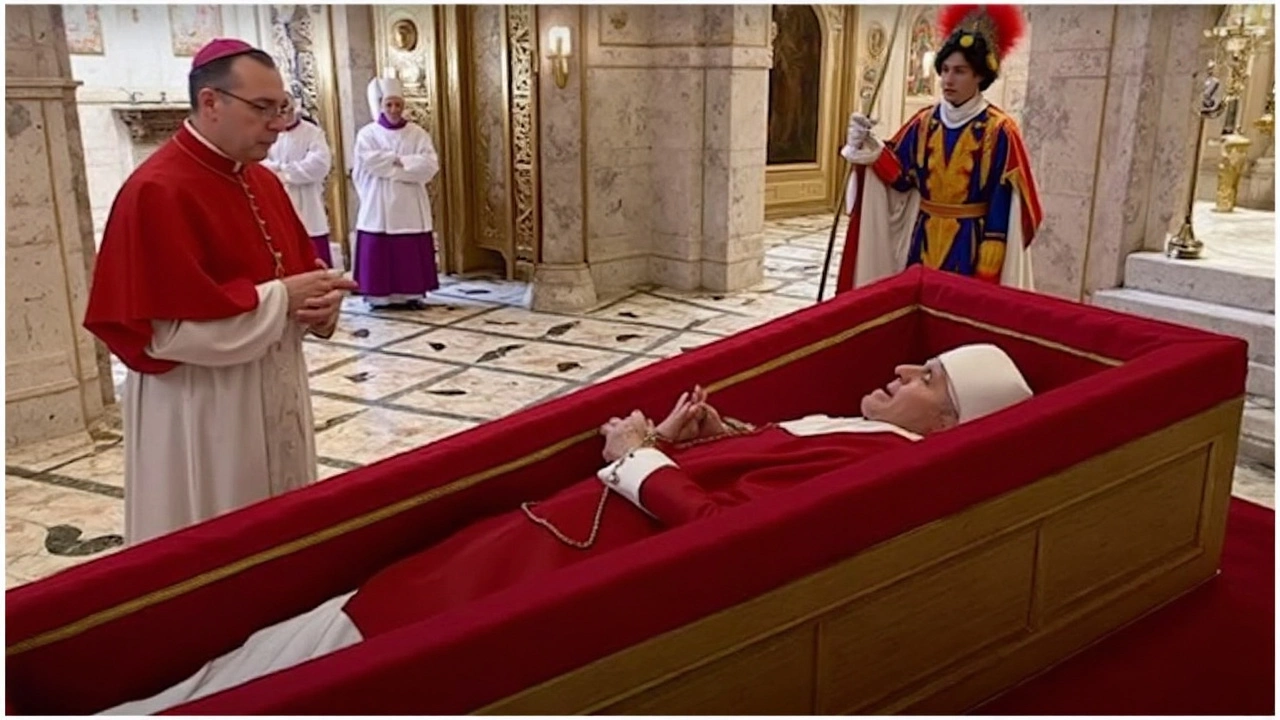Pope Francis’ Funeral Draws World Leaders and Masses to Vatican, Marking End of Historic Pontificate

A Farewell Like No Other: The World Comes to Honor Pope Francis
On April 26, 2025, Pope Francis’ funeral transformed Vatican City into a global stage. About 250,000 mourners—from ordinary Catholics to heads of state—filled St. Peter’s Basilica and Square. The turnout brought traffic to a standstill, with seas of people spilling over the cobblestones, many clutching rosaries or waving Argentine flags in silent tribute. You could sense the weight of history in the air as bells tolled across Rome.
Inside the basilica, the ceremony was full of the tradition that’s expected from a papal funeral. Cardinal Giovanni Battista Re, the Dean of the College of Cardinals, led the service. Surrounded by red-robed cardinals and white-clad altar servers, he remembered Francis as a “pastor of the people,” an energetic pope who, against the odds, breathed new life into a centuries-old institution. From his first appearance on the balcony as Jorge Mario Bergoglio, Francis made it clear he would speak up for the excluded, never shying away from social justice or outreach across faiths.
The list of attendees read like a diplomatic summit. Former U.S. President Donald Trump and former First Lady Melania Trump were seated with figures from Europe, Latin America, Africa, and Asia. Such a diverse congregation spoke to Francis’ global appeal—he won admirers even among those with very different worldviews. The presence of so many high-profile personalities only underscored the pope's ability to connect beyond Catholic circles.
Final Rest, Lasting Legacy
After the last notes of the Gregorian chant faded, the coffin was carried in a solemn procession to the Basilica of St. Mary Major. This wasn’t just a formal gesture—it honored Francis’ special devotion to the Madonna, whose icon in the basilica had been a personal anchor throughout his papacy. By laying him to rest there, the Vatican underscored something essential about Francis: he was deeply Marian, even as he was boldly progressive.
The funeral itself followed rich Catholic ritual, with Holy Communion offered on the steps of St. Peter’s and the chanting of the Litany of the Saints. People lined up in the square and watched on giant screens. For many, it felt like a bridge between past and future, an echo of earlier papal funerals but with a distinctly modern, international spirit.
This was more than just a Vatican event. Around the globe, the Catholic community joined in mourning and remembrance. In Washington, D.C., the Basilica of the National Shrine of the Immaculate Conception hosted a Mass of Thanksgiving, led by Bishop Michael F. Burbidge. Parishioners packed the pews, while others tuned in online. There was something moving about seeing simultaneous liturgies thousands of miles apart, all centering on one man’s legacy.
Pope Francis’ twelve-year reign had its share of drama, but there’s no denying he redefined what the papacy could be for millions. From his outreach to refugees and the LGBTQ community to his bold comments on poverty and climate change, Francis made friends—and a few enemies—but he stayed true to his vision of a Church that listens and responds. As the world now waits for the conclave to begin on or after May 5, following a traditional nine-day mourning period, Catholics everywhere are reflecting on his example and what kind of successor will come next.